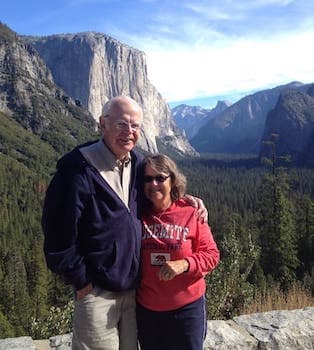
Curated with aloha by
Ted Mooney, P.E. RET

The authoritative public forum
for Metal Finishing 1989-2025

-----
What aluminum alloy should we use for anodizing/hardcoating load bars?
We are an anodizing/hardcoat job shop. Currently we use round copper bus bars. We would like to switch to aluminum square bus bars. Is there a recommended aluminum alloy for the load bars?
Jeff NathanJob Shop - Providence, Rhode Island, USA
2007
First of two simultaneous responses -- 2007
Copper anode bars are better due to lower contact resistance. Copper also has a higher elastic modulus (x1.67) for less deflection under load, although rarely a factor with larger Al rods of equal conductivity.
Of common aluminum alloys, 6101-T61 (conductivity 57.2% of 101 copper) > 6063-T6 (51.5%) >> 6061-T6 (43%). Replacing a 1" diameter copper rod requires a 1.188" square bar of 6101, 1.25" of
6063 or 1.375" of 6061. Higher purity Al alloys (e.g., 1050, 1060,
1199, 1350) are more conductive (~61%) and etch more slowly, but have very low yield strengths (unless work hardened to near-brittleness). Use with supporting flight bars.
Al 1350 is the 99.5% Al, electrical conductivity (EC) grade for bus bars per ASTM B236; Al 6101 is the higher strength version per ASTM B317.
- Goleta, California
Rest in peace, Ken. Thank you for your hard work which the finishing world, and we at finishing.com, continue to benefit from.
Second of two simultaneous responses -- 2007
Jeff
6061-T6 will work fine. Allow for reduced conductivity when sizing. Consider powering from both ends.
- Colorado Springs, Colorado
Q, A, or Comment on THIS thread -or- Start a NEW Thread